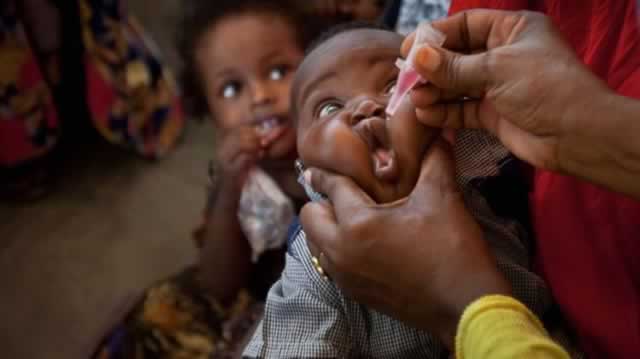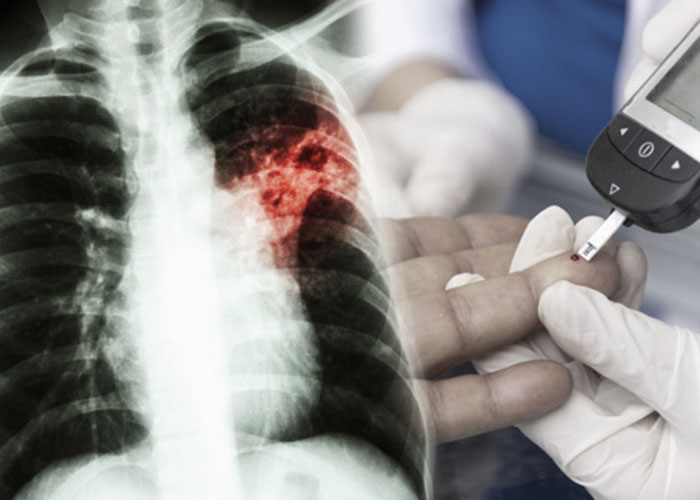
The Sunday Mail

We countdown the Top 10 deadly diseases
10. Trachea, Bronchus,
Lung Cancers
The more cigarettes you smoke per day and the earlier you started smoking, the greater your risk of lung cancer. Three thousands non-smoking adults will die each year from lung cancer caused by breathing in second hand smoke. It is the deadliest type of cancer for both men and women. Every year, more people die of lung cancer than breast, colon and prostate cancers combined.
9. Malaria
Malaria is caused by a parasite that is transmitted from one human to another through the bite of an infected mosquito.
In humans, the parasites travel to the liver, where they mature. Once matured, they release another parasite that then enters the bloodstream and infects the red blood cells.
The parasites multiply at a rapid speed, but symptoms could take up to one year to show. The disease is a major health problem in much of the tropics and subtropics.
It is estimated that there are 300-500 million cases of malaria each year, and more than one million people die from the disease.
8. Tuberculosis
Mucous, fever, fatigue, excessive sweating and weight loss are symptoms of pulmonary tuberculosis, or TB. It is a contagious bacterial infection that involves the lungs, but it may spread to other organs.
The symptoms of this disease can remain stagnant for years or affect the person right away.
People at higher risk for contracting TB include the elderly, infants and those with weakened immune systems due to other diseases, such as AIDS or diabetes, or even individuals who have undergone chemotherapy.
7. Diarrhoeal Diseases
Diarrhoea is defined as loose or watery stools that can last for a day or two. If it lasts for weeks or even months, diarrhoea is considered a chronic disease.
Diarrhoea of any kind can cause dehydration, which means the body loses a lot of important fluids and electrolytes.
6. Perinatal Conditions
Every year, about half-a-million women worldwide die from complications related to pregnancy and childbirth, including severe bleeding/haemorrhaging, infections, unsafe abortions, obstructed labour and eclampsia, and more than 90 percent of maternal deaths occur in Asia and sub-Saharan Africa.
These perinatal complications can not only be fatal for mothers but for their young children as well, with medical conditions such as low birth weight contributing to more than one in five deaths in children.
Of those deaths, more than three million infants die during the first week of life.
5. Chronic Obstructive Pulmonary Disease
Commonly known as COPD, is it one of the most common forms of lung disease, and it makes it very difficult to breathe.
There are two different forms. One is chronic bronchitis, which is defined by a long-term cough with mucous. The other is emphysema, which is the destruction of the lungs over time. Smoking is the leading cause of this disease, although some people smoke for years and seem to dodge it!
Other risk factors include exposure to gases or fumes in the work place as well as exposure to heavy second-hand smoke.
4. HIV/AIDS
HIV stands for human immunodeficiency virus, and it is one “bug” that we as a species can’t seem to kick. HIV infection weakens the immune system to the point that it can’t fight off anything anymore, and something as simple as the common cold can turn fatal.
The virus attacks T cells and CD4 cells, both of which we need to fight off infection. HIV eventually fights off so many CD4 cells that the body cannot battle any infection or illness, at which point the person develops full-blown AIDS.
3. Lower Respiratory Infections
There are two types of lower respiratory infections, bronchitis and pneumonia. Some common symptoms of these infections are runny nose and sneezing, headache, and sore throat. Children are also susceptible to this disease. It can be difficult to diagnose lower respiratory infections properly, as they can be caused by either a virus or bacterial growth in the lungs.
2. Cerebrovascular Disease
A stroke happens when blood flow to a part of the brain is interrupted because a blood vessel in the brain is blocked (ischemic stroke) or bursts open (haemorrhagic stroke). If blood flow is stopped for longer than a few seconds, the brain can’t get blood and oxygen. Brain cells then die, causing permanent damage.
1. Ischemic Heart Disease
“Ischemic” means that an organ (such as the heart) is not getting enough blood and oxygen. When the arteries that bring blood and oxygen to the heart are blocked, it means you have ischemic heart disease — and a very big problem. If left untreated, this disease can lead to heart failure and death. Ischemic Heart Disease affects 1 out of 100 people, often middle-aged to elderly males. Risk factors include diabetes, high blood pressure and obesity.




